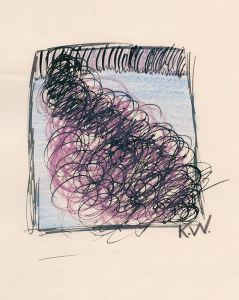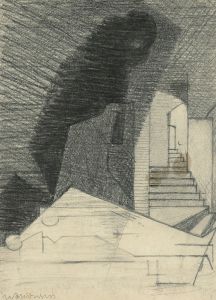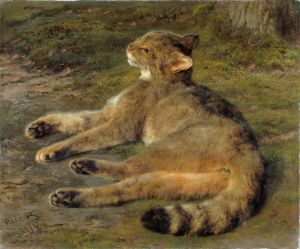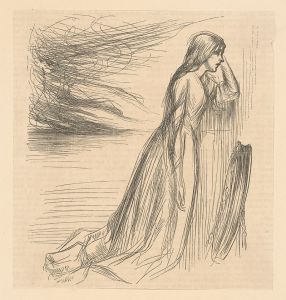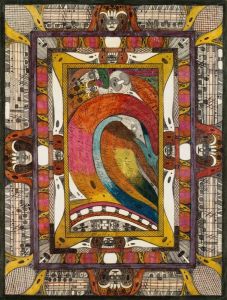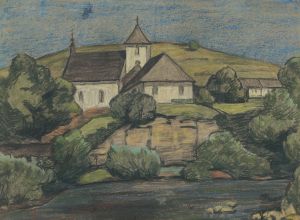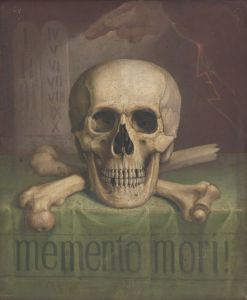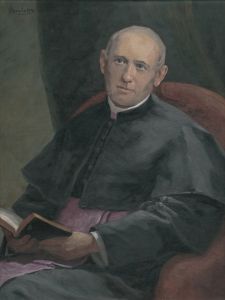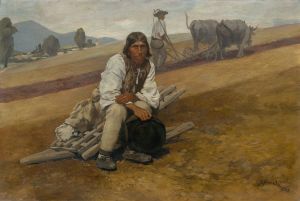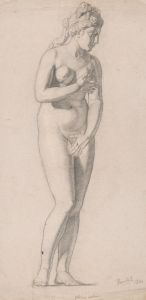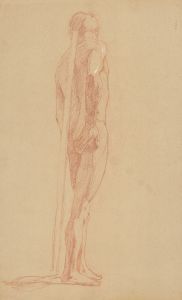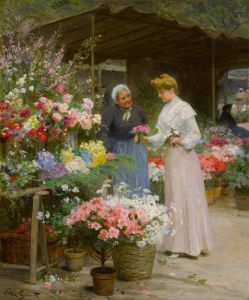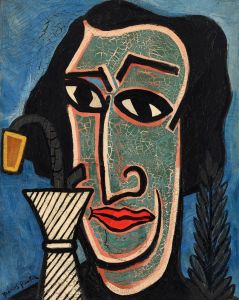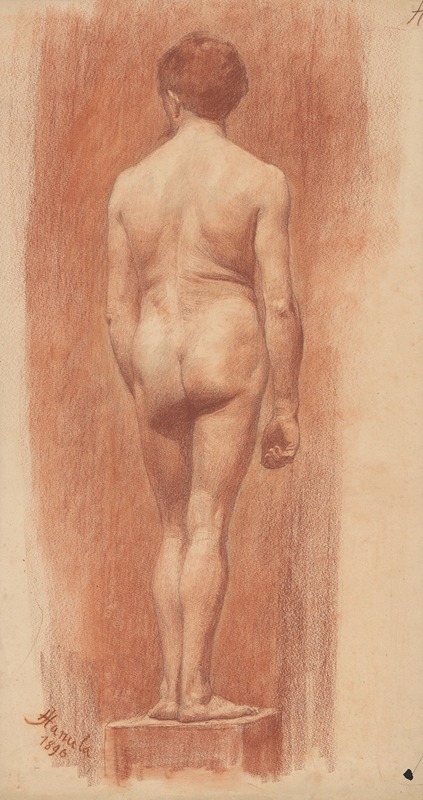
Model
A hand-painted replica of Jozef Hanula’s masterpiece Model, meticulously crafted by professional artists to capture the true essence of the original. Each piece is created with museum-quality canvas and rare mineral pigments, carefully painted by experienced artists with delicate brushstrokes and rich, layered colors to perfectly recreate the texture of the original artwork. Unlike machine-printed reproductions, this hand-painted version brings the painting to life, infused with the artist’s emotions and skill in every stroke. Whether for personal collection or home decoration, it instantly elevates the artistic atmosphere of any space.
Jozef Hanula (1863–1944) was a Slovak painter known for his contributions to the art scene in Slovakia during the late 19th and early 20th centuries. He was particularly recognized for his portraits, religious paintings, and depictions of Slovak rural life. One of his notable works is "Model," which exemplifies his skill in capturing the human form and character.
"Model" by Jozef Hanula is a portrait painting that showcases the artist's adeptness at rendering lifelike representations of his subjects. Hanula's training and artistic influences are evident in the meticulous attention to detail and the realistic portrayal of the model. The painting reflects the academic style that was prevalent during Hanula's time, characterized by precise brushwork and a focus on anatomical accuracy.
Jozef Hanula studied at the Academy of Fine Arts in Munich, which was one of the leading art institutions in Europe during the late 19th century. His education there played a significant role in shaping his artistic techniques and style. The Munich Academy was known for its rigorous training in drawing and painting, emphasizing realism and technical proficiency. Hanula's work, including "Model," demonstrates the influence of his academic background, particularly in the careful rendering of textures and the subtle use of light and shadow.
In "Model," Hanula employs a naturalistic approach, capturing the nuances of the subject's expression and posture. The painting likely served as a study or a commissioned portrait, a common practice among artists of the period. Portraits were a significant genre in 19th and early 20th-century European art, often commissioned by individuals who wanted to document their likeness or that of their loved ones. Hanula's ability to convey the personality and presence of his sitters made him a sought-after portraitist.
The color palette in "Model" is subdued, with a focus on earthy tones and soft contrasts. This choice of colors enhances the realism of the portrait and directs the viewer's attention to the subject's face and expression. Hanula's use of light is subtle yet effective, highlighting the contours of the face and creating a sense of depth and volume.
Jozef Hanula's contribution to Slovak art extends beyond his individual works. He was an influential figure in the Slovak art community, participating in exhibitions and contributing to the cultural development of the region. His works are part of several collections, including those of the Slovak National Gallery, where they continue to be appreciated for their artistic and historical value.
"Model" by Jozef Hanula is a testament to the artist's skill and his ability to capture the essence of his subjects. Through his portraits, Hanula not only documented the physical appearance of his sitters but also conveyed their inner character, making his works enduring pieces of Slovak cultural heritage.





